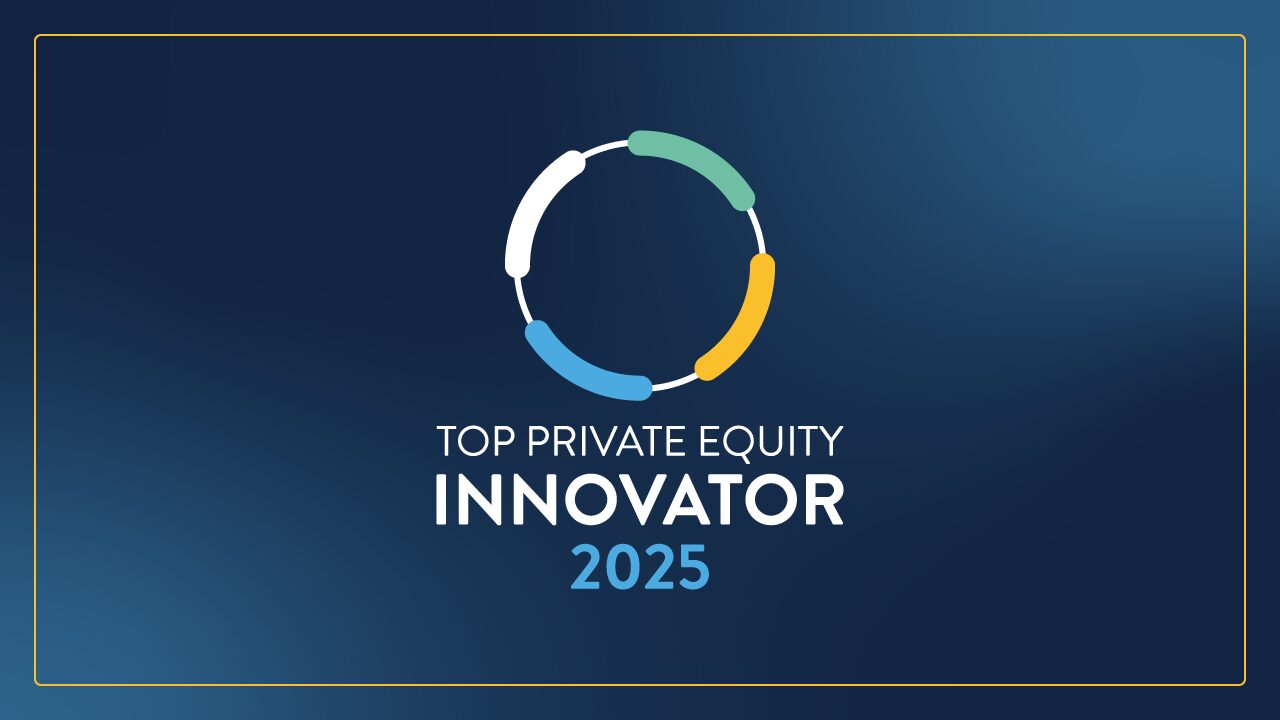Companies often rely on limited, internal data to define their ideal customer profile (ICP) and total addressable market (TAM). This creates an echo chamber in which businesses miss opportunities to target their most valuable clients.
To combat this challenge, revenue operations specialists come alongside these companies. They deploy a meticulous process, which equips sales teams with a clear plan to maximize revenue.
“The point is to make sure that you’re reaching out to the right people with the right message at the right time,” says Max Scayler*, co-founder of MegaGrowth.
MegaGrowth is one of the world-class service providers in the Business Builders’ Network. Let’s look at the six steps they undertake to help companies define their ICP and TAM.
READ MORE: How RevOps Increases Time to Value for Investments

1. Interview Internal Stakeholders
No one knows their existing customers like a company’s sales team. While the ICP + TAM process doesn’t end here, it’s a great place to start.
“The first step is always to talk to the humans. Interview all the stakeholders, have them tell you what they think the ideal customer profile is,” Scayler says.” That’s important. And there’s always knowledge in that, in the tribal knowledge that is valid.”
This sets the stage for business to understand the perceived ideal customer profile versus the reality.
READ MORE: What is the Voice of the Customer Survey?
The interviews are usually conducted with sales, marketing and customer success teams. A revenue operations firm might ask them about their best accounts and personas to gather anecdotal data alongside the internal customer database.
“Have them tell you what they think it is,” Scayler says, “the type of company where they need to be and why.”
Many ICP exercises stop here, severely limiting a company’s opportunity to understand its customers without testing their hypotheses. But MegaGrowth’s process is just getting started at this point.
2. Analyze Historical Data
The process continues with an internal exercise that goes beyond anecdotes: past sales and performance.
“When we look in the historical data, it’s usually previous orders from customers,” says Ryan Murphy*, MegaGrowth’s other co-founder. “You try to follow the journey, so to speak, out of that.”
Specifically, RevOps firms will review past sales orders and customer purchase data to identify patterns and discrepancies in target industries or customer segments.
CASE STUDY: Sales Benchmarking, Growth for Construction Company
“You’re just looking at very early signs of like what type of industries or customers they bought into to help develop a hypothesis,” Murphy adds. “A lot of times these people will have an idea who bought, like nonprofits or construction or manufacturing, or they’ll have their own industry segmentations that don’t necessarily make sense.”
Internal data helps clarify these points, but relying on it too much can be limiting.
“They’ll get the data and then be like, ‘Oh, there’s not enough data here,'” Murphy says.
That takes us to step three in the process.
READ MORE: Importance of RevOps in Due Diligence
3. Analyze External Data
Once internal stakeholders have been interviewed and historical data has been pored over, it’s time to get outside help.
“Let’s make sure we’ve got all the list of accounts of people that have Salesforce out there that we could sell to and we have that data,” Scayler says. “What is the universe of accounts I can buy from ZoomInfo that I haven’t considered?”
CASE STUDY: Enhancing Channel Sales Strategy in SAP Ecosystem for Payroll Solutions
MegaGrowth then looks at marketing data such as intent signals.
At this point, the company will have a much clearer idea of its ideal customer profile and total addressable market. To be as effective as possible, though, it must also prioritize these targets.
4. Determine Account Tiers
One approach to this step is to divide your accounts into tiers from the highest chance of success to the least.
The top tier, or Class A, if you will, could be referred to as BCOS (pronounced like “because”) accounts. That is, “best chance of success” based on the analysis done in steps one through three.
READ MORE: How To Analyze Sales Data
“Class B accounts that are worth going after, but not top priority,” Scayler explains. “Then class C…you don’t hunt down specifically. They might buy from you, but they’re not really the perfect profile. So you send them some marketing emails, but you’re not having people manually call them.”
With a clear priority of which accounts to go after, the company is now ready to get buy-in from leadership.
5. Align Leadership Team
Achieving consensus among leadership is one of the top challenges of this whole process, but also the most important.
“That’s a non-trivial step,” Scayler says. “You do all this stuff, you lay it all out, you still have to go through the change management process of getting them all to agree.”
Scayler says that this can be a lengthy process, depending on the makeup up the leadership team and their existing understanding of an ICP and TAM.
6. Build Sales Territories
The sixth and final step is often the most exciting. It’s when your sales team can take all the synergy created from steps one through five and start to go after clients with fresh clarity and motivation.
“We help them size how to approach and scale these accounts and then create a mechanism for them to move them correctly,” Murphy explains.
READ MORE: What is Product Positioning?
Armed with a clear picture of client tiers, a team structure and sales territories are redefined. This system enables the company to efficiently manage and cycle through accounts.
“If you have 10 reps, some salespeople will say, ‘Well I’m just going to assign those 33,000 accounts to all these sales reps.’ Well, that doesn’t make sense,” Murphy says. “The sales rep doesn’t have focus. So a lot of the times we talk about structure and creating a mechanism where they can maybe work on a hundred or 200 or 300 accounts and then cycle those accounts as they work them correctly.”
MegaGrowth works hard to get their clients – whether independent companies, public companies or PE firms and their portfolio companies – all the way through the six-step process.
“Otherwise you just get a lot of churn and burn and nothing’s created,” Murphy says.
The culmination of all this work may look similar to more traditional ICP + TAM exercises – a list of accounts and contacts within those accounts – but a skilled revenue operations resource can help your business go much further.
“Sales teams get excited because they know these are the right folks and we’ve got the marketing materials to back it up and we know who we’re going after,” Scayler says. “That’s the ultimate result. … It’s also building the sales territories, getting it loaded into their CRM and they start turning the crank.”
When you’re ready to work with a BluWave-grade third-party service provider, our revenue and operations team can scope your need and provide a short list of options tailored to your situation within a single business day. Set up your scoping call today to get started.
*Privacy is important to us. While the source and company name have been changed, these are real quotations from a real service provider in the BluWave Business Builders’ Network.


